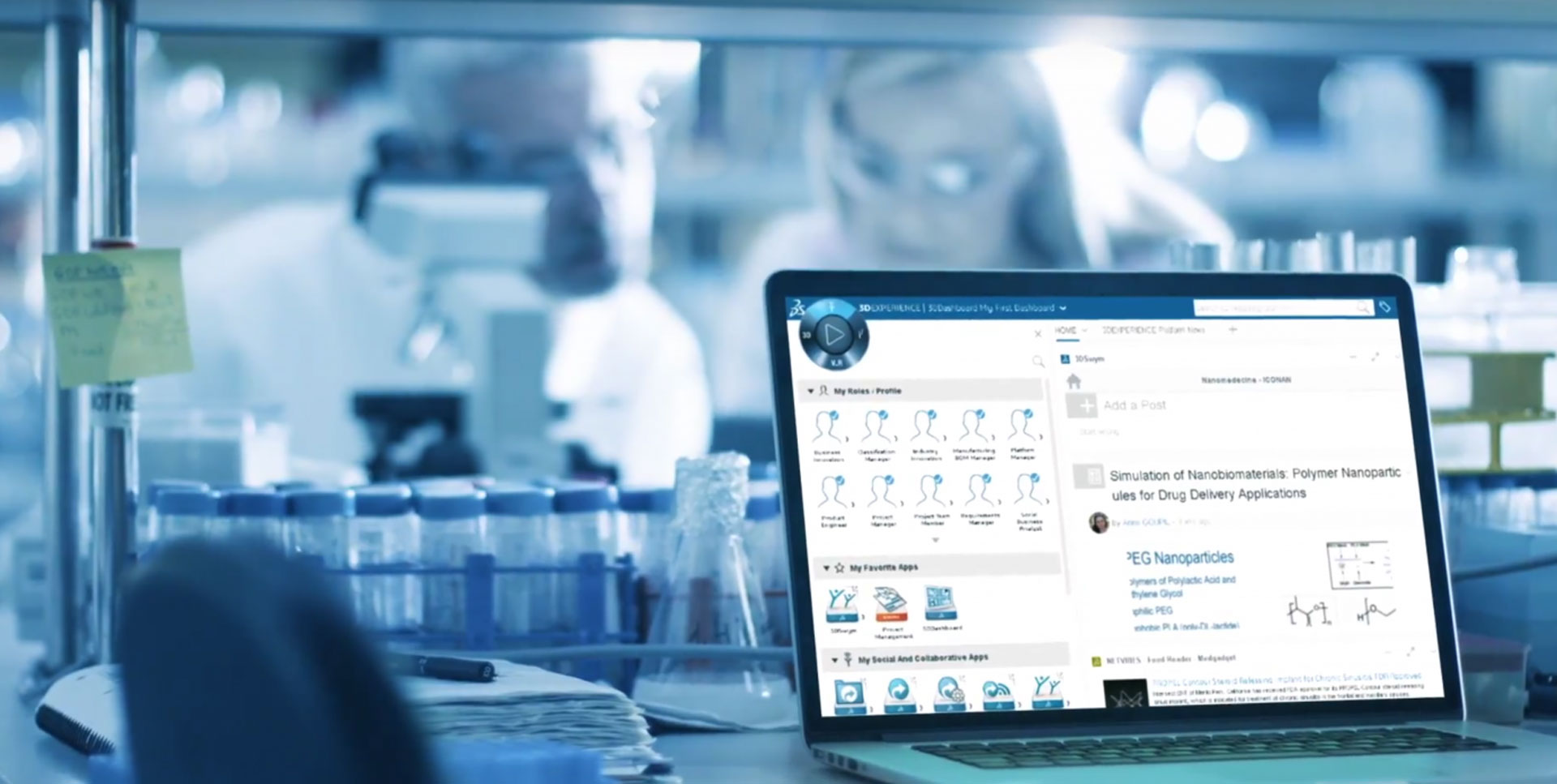Harnessing business intelligence by digitally connecting the dots
Break down organizational silos to deliver patient centric innovation
Life Sciences is becoming an even more competitive, complex and regulated industry. Nimble new niche players are nipping at the heels of older, more traditional enterprises. The larger players have evolved into hierarchical silos due to a combination of legacy organizational structures, mergers and acquisitions, and lack of a holisitic approach to innovation.
These hierarchical silos behave like isolated divisions in search of new revenue streams – resulting in complex organizational structures with a natural tendency to think vertically rather than horizontally. Consequently, there’s little or no integration between them, causing cross-divisional communication and data exchange to suffer.
Then, of course, there are the pressures pertinent to Life Sciences. How do you deliver patient-centric experiences, improve quality and safety, all while keeping costs down? Is it possible to gain fast approvals in new markets while adhering to regulations and local quality requirements, all at lower expense? What’s the best way to move the business into ‘Next Generation Life Sciences’ and raise operational excellence in order to be first-to-market with patient-centric innovation? Indeed, what new business model should you adopt?
To meet these myriad demands and retain a competitive edge, Life Sciences enterprises need to adapt and evolve to deliver more patient-centric innovations. Only the fittest and most agile will survive by building competitive advantage to drive margins and profit despite the new entrants and growing organizational and regulatory complexity.
We are drowning in information but starved for knowledge.
Build data integrity, maximize data value
“Companies need to create a working environment that values data integrity.” That’s the view of the Deloitte 2018 Global Life Sciences Outlook, ‘Innovating life sciences in the fourth industrial revolution: Embrace, build, grow’.
That, the report argues, is how to counter the biggest drawback to future innovation: the fact that everyone tends to work in a siloed manner.
eBook: Data Integrity The Foundation of Good Science
For sound data to be the foundation for good decisions and good science, there can be no questions with regards to its integrity
Better decisions lead to better innovation
In the industry’s ongoing mission to continuously improve patient experiences and outcomes, while meeting previously unmet medical needs, it must not only accelerate the speed of innovation, but also enhance the quality of that innovation by ‘making better decisions faster and more transparently’.
To achieve this, it’s necessary to harness the collective knowledge of your organization and partners to ensure that the right information is being leveraged to drive better decision-making – adapting therapies to better meet patient needs, while being 100% sure that the right processes and procedures have been met.
Embrace the collaborative trend
Data provides insights for value-based pricing and market access. Indeed, the linking of data and teams across silos marks a new collaborative, less internally competitive, beginning for many companies.
Big data analytics can help unlock the potential of disparate sources of data. Life Sciences companies can then maximize data value by using it for decision-making at an enterprise level and providing a better understanding of emerging risks.
Seizing real world opportunities
“Real world evidence is high on the agenda at many conferences, as people mull over the possibilities that it may hold for changing the way we track a particular medicine's efficacy,” explains Matt Fellows in his Pharmafile.com article ‘Seizing opportunities in the next steps for real world evidence'. (January 2018).
The article discusses the ongoing seismic industry shift from the reactive to the proactive use of data. And with the rise of machine-based learning and cognitive computing, there is the possibility of generating insights with new questions that the industry hasn’t even thought to ask. Exciting times indeed.
Intelligent access to knowledge
Successful drug discovery requires individuals from disparate groups to share data and work together. However, Millennium, the Takeda Oncology Company, found that collaboration across the organization was being hindered and, therefore, drug development slowed by the disparate information management systems used by its chemists and biologists.
The electronic lab notebook (ELN) of choice for Millenium was the Dassault Systèmes’ BIOVIA Workbook.
The result? Now drug candidates move faster into clinical review, and scientists save time by leveraging higher quality experimental records and streamlined chemistry workflows.
Explore our Industry Solution Experiences
Learn more about how our Industry Solutions can help you achieve your professional ambitions and business objectives.
